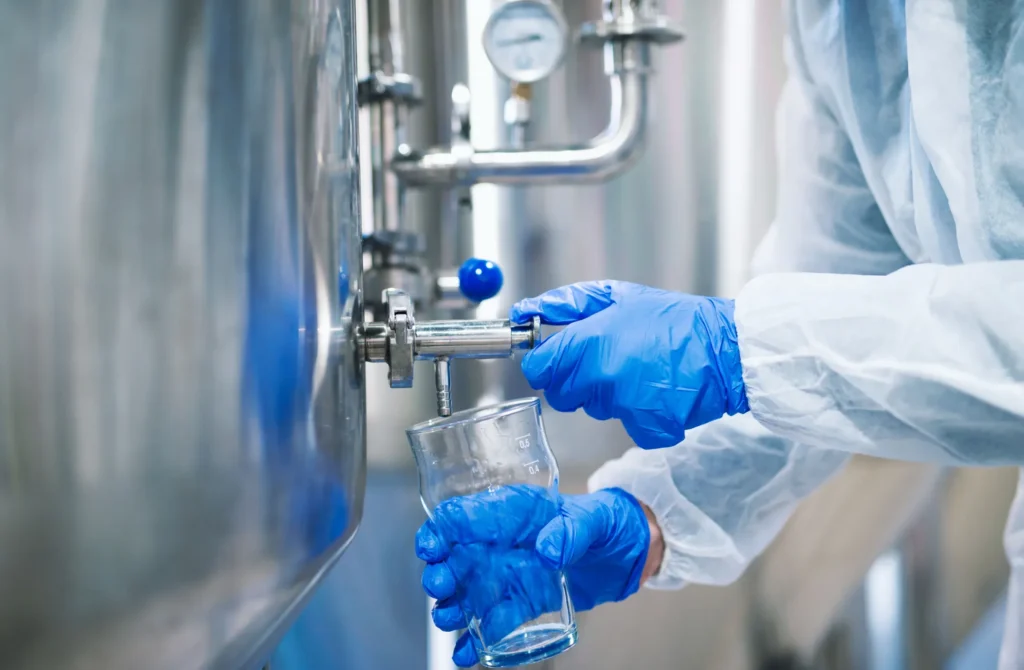When it comes to water treatment, you may have heard of the coagulation process. This is a crucial step in water treatment, aimed at removing contaminants and creating safe water for consumption and daily use.
In this article, we will explore the concept of coagulation in water treatment, the processes involved, and its importance in providing clean water.
What is Coagulation?
Coagulation is a method that utilizes chemical reactions to remove impurities from water, such as silt, microorganisms, and other contaminants. The main purpose of the coagulation process is to help these small particles combine to form larger flocs, which can then be easily sedimented or removed from the water.
How Does the Coagulation Process Work?
This process can be divided into several stages, namely:
1. Adding Coagulant
The first step in the coagulation process is adding a coagulant to the raw water to be treated. Coagulants such as aluminum sulfate (Alum) are added to the mixing tank or water line. This coagulant acts as a binding agent that helps coagulate contaminants in the water.
The dosage of coagulant used depends on the type and level of water pollution.
2. Floc Formation
After the coagulant is added, a chemical reaction occurs between the coagulant and the contaminants dissolved in the water. This process results in the formation of flocs.
Flocs are large clumps of small particles and organic matter present in the water. This floc formation is often aided by a flocculation process, in which the water is gently stirred to promote efficient clumping.
3. Settling
After the flocs have formed, the water containing them is flowed into a settling tank. Here, the water is allowed to stand for a period of time (this allows the larger, heavier flocs to settle to the bottom of the tank). This process is called settling, and the result is clearer water at the top of the tank.
4. Floc Separation
The final step in this process is filtration. The settled water is then passed through various filter media such as sand, activated carbon, or filter paper to remove any remaining floc and improve water clarity.
Examples of the Coagulation Process in Everyday Life
Here are some examples of the coagulation process that you might encounter in your daily life.
1. Drinking Water Treatment
Coagulants are added to water to remove turbidity, bacteria, and organic matter. Once these particles clump together, the floc is separated from the water.
Therefore, this process is a crucial step in drinking water treatment.
Read Also: Ensure Water Quality with the Right Water Treatment Chemical
2. Wastewater Treatment
This process is also used in wastewater treatment to remove suspended solids, oil and grease, and other contaminants. The floc formed is then separated from the water by filtration or sedimentation.
3. Latex Production
Latex is a natural colloid obtained from rubber trees. Latex contains tiny rubber particles suspended in water. To obtain rubber, the latex is coagulated with acetic or formic acid. The floc formed is then separated from the water and dried to produce rubber.
4. Processing Used Cooking Oil
In processing used cooking oil, alum or PAC is added to the used cooking oil to remove impurities and odors. This coagulant neutralizes the charge of the colloidal particles in the used cooking oil, causing the particles to attract each other and combine to form flocs. These flocs are then separated from the used cooking oil by filtration.
5. Paint and Ink Manufacturing
Coagulants are used in paint and ink manufacturing to control product viscosity and stability and prevent pigment particle clumping.
Factors Affecting Coagulation
There are several factors that can influence its effectiveness, including:
- Coagulant Type: The type of coagulant used will affect the effectiveness of the coagulation process.
- Coagulant Dosage: The correct coagulant dosage must be determined to achieve optimal results.
- pH: The pH of the treated water must be compatible with the coagulant used.
- Temperature: The temperature of the treated water can also affect the coagulation process.
- Stirring Time: Proper stirring time is necessary to ensure optimal floc formation.
Coagulation is a crucial process in water treatment to remove various contaminants. This process transforms cloudy and polluted water into clear, safe drinking water.



